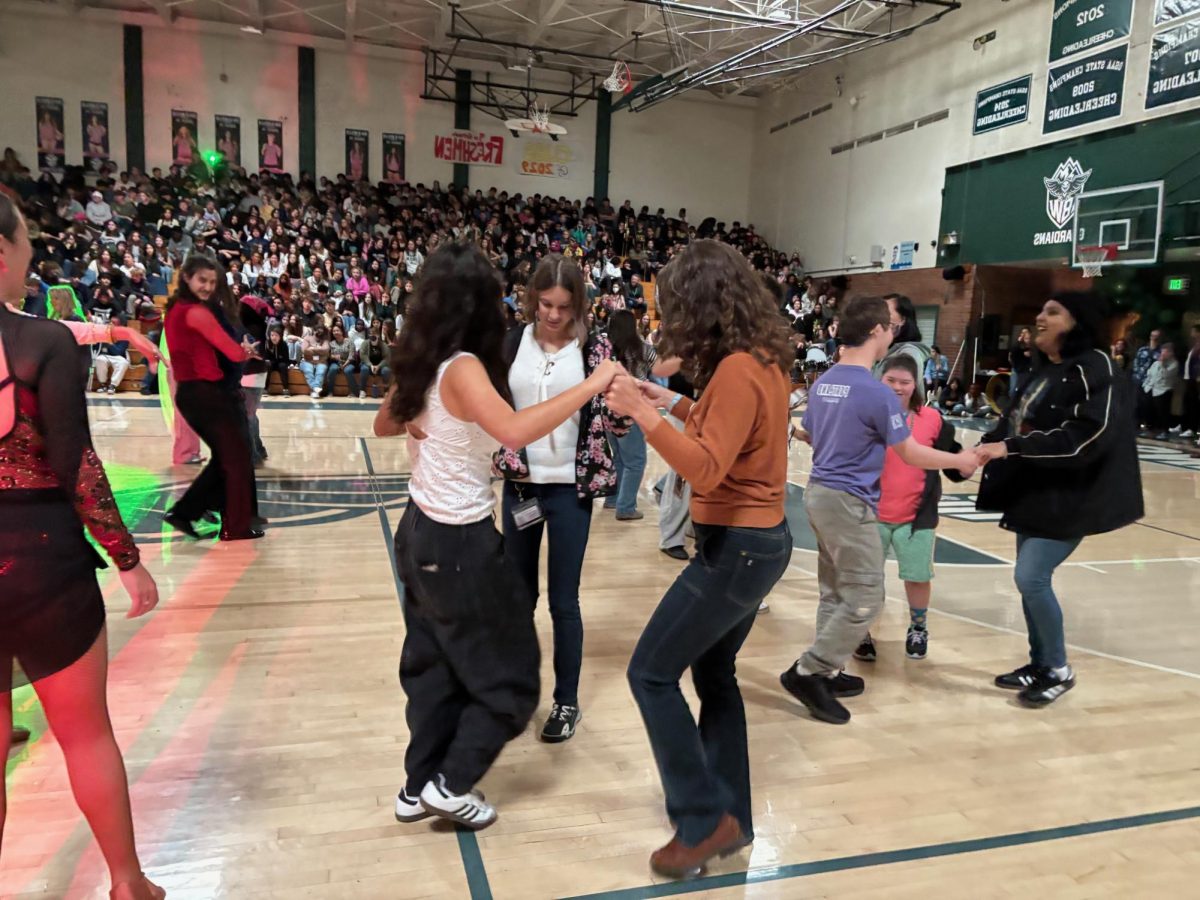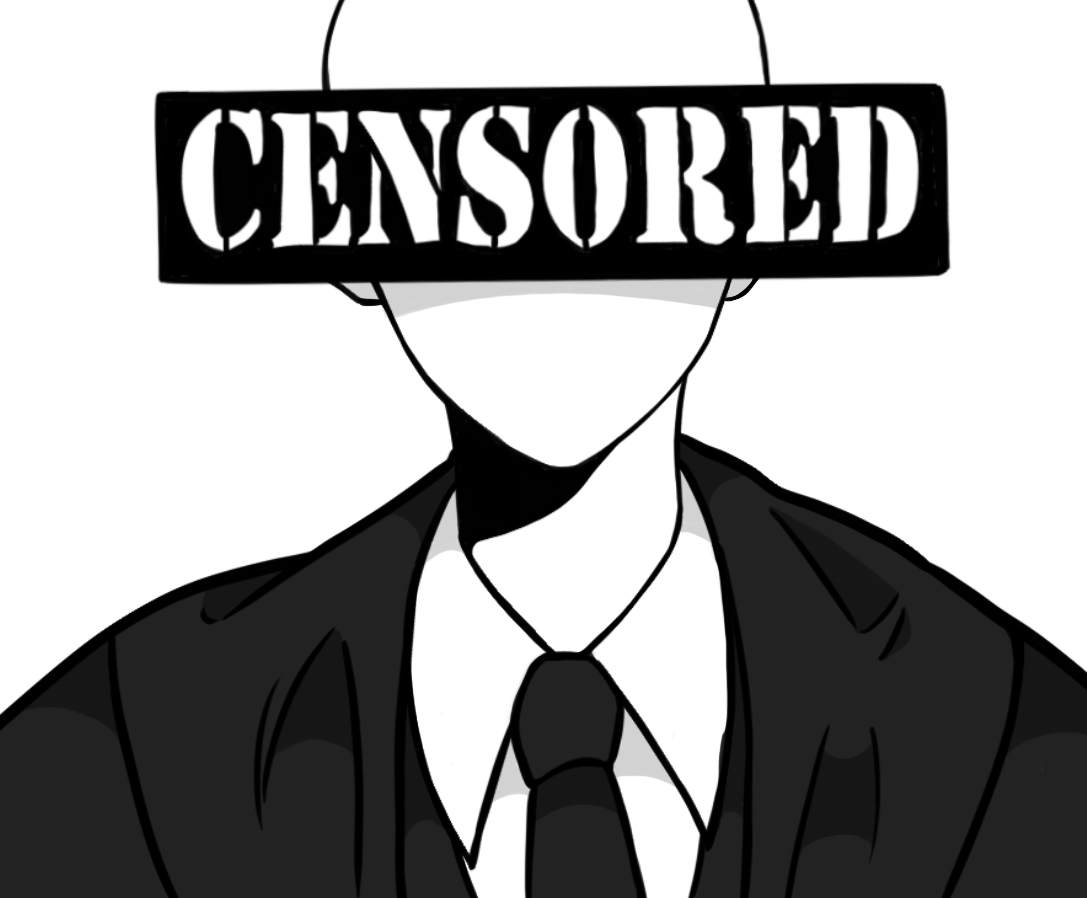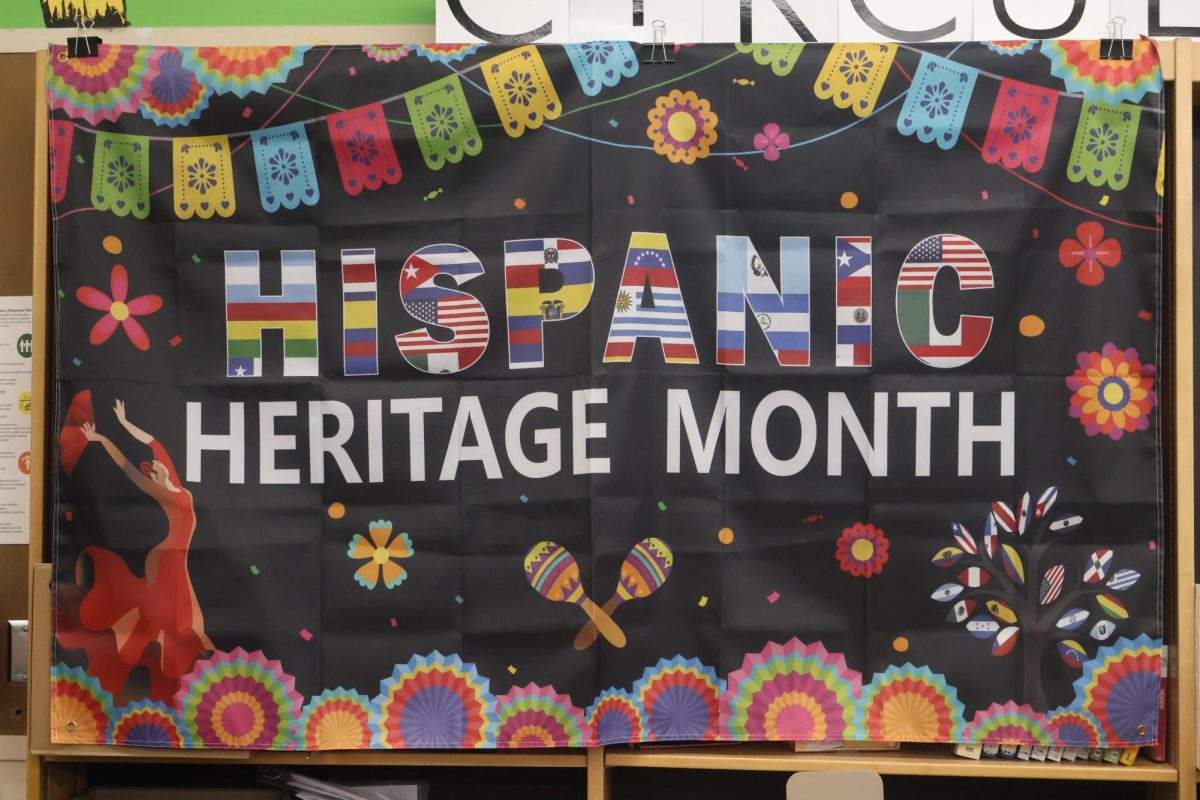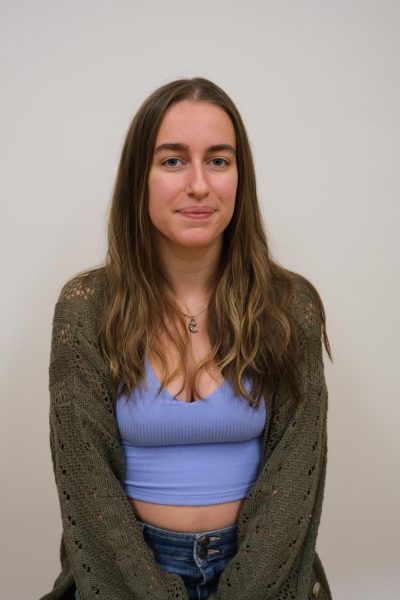From Jan. 5 to Feb. 19, the Oregon Museum of Science and Industry (OMSI), is hosting an educational exhibition of The NAMES Project AIDS Memorial Quilt. The Quilt was started by human rights activist, Cleve Jones, in 1985 to commemorate the lives of those who have died of AIDS, as well as aiming to help others understand the destructive effect of the disease in efforts to prevent the spread of HIV. The Quilt is a 54-ton tapestry that includes nearly 50,000 panels dedicated to more than 110,000 individuals who we have lost to AIDS. Due to the size of the Quilt, OMSI is displaying 12 of the panels created by the National AIDS Memorial.
Since the assassinations of gay San Francisco Supervisor Harvey Milk and Mayor George Moscone, Jones helped organize the annual candlelight march to honor the lives and legacies of these men. While planning the marches, he learned about the over 1,000 San Franciscans who had been lost to AIDS. Startled by the numbers, Jones asked each of his fellow social rights marchers to write down the names of friends and loved ones who had died of AIDS on place cards. At the end of the march, Jones and others used ladders to tape the place cards on the walls of the San Francisco Federal Building, fabricating a patchwork quilt-like pattern. Inspired by the place card art, Jones and his friends made plans for a larger memorial to properly memorialize a larger amount of people. Months later, a group of strangers, along with Jones, gathered in a San Francisco storefront to document the lives that they feared history would forget. Their goal was to create a memorial for those who had died from AIDS as well as a tool to educate people about the impacts of the disease. This meeting of devoted friends and lovers was the footing of the NAMES Project AIDS Memorial Quilt.
The first panel for the Quilt was created by Jones, in memory of his friend Marvin Feldman who had died from complications associated with AIDS.
In 1987, Jones teamed up with Gert McMullin, Mike Smith and several others who were passionate about social justice. They formally came together to organize the NAMES Project Foundation, an international non-government organization that aimed to maintain the AIDS Memorial Quilt, display the Quilt and incorporate new quilt panels. People from all over the US who heard about the project sent panels to the San Francisco workshop, and donors promptly started supplying them with the equipment needed to fulfill the quilt vision.
The Quilt made its first public debut on Oct 11, 1987, on the walls of the National Mall in Washington D.C. during the National March on Washington for lesbian and gay rights. The Quilt covered more than a football field including 1,920 panels, where volunteers ceremonially unfolded the sections of the quilt as families, friends, politicians and even celebrities read the names of people tragically lost to AIDS. During the weekend viewing, more than half a million people visited the Quilt, and still to this day, this reading is a tradition at nearly every Quilt display.
The astounding response to the Quilt’s display eventually led to a four-month 20-city national tour in 1988, where nearly $500,000 was made which was donated towards AIDS service organizations. During the tour, local panels from each city were added to the quilt, and by the end, 8,288 panels were displayed. After receiving a small seed grant from the World Health Organization, the Quilt organizers traveled with the Quilt to eight countries to mark the first World AIDS Day, on Dec 1. 1988, and in the coming years, more than 20 countries launched similar projects like the Quilt.
A documentary film of the Quilt, Common Threads: Stories From The Quilt, was released by HBO in 1989 and went on to win an Academy Award for Best Documentary the same year.
Every year, the National AIDS Memorial partners with community & social rights-based communities across the country to display sections of the quilt to raise awareness about the past and present impact of HIV/AIDS. Currently, panels of the Quilt can be viewed at 18 different locations across the US. Still today there is a disproportionate impact of the AIDS epidemic on communities of color and other marginalized populations. These displays continue to support and donate all proceeds to local HIV/AIDS organizations, LGBTQIA+ centers and continue to raise awareness of social justice & health issues.
“During the darkest days of the AIDS crisis, the Quilt was a source of immense comfort, and inspiration and used as a tool for social activism to open the eyes of the nation to injustice and to help survivors grieve and heal,” said National AIDS Memorial CEO, John Cunningham.
In a partnership between The National AIDS Memorial and the AIDS Quilt Touch Team, they launched a virtual exhibition of 50,000 panels of the AIDS Memorial Quilt that can be viewed through an interactive experience, so that the Quilt can be viewed by a larger audience than before.
“Moved by the beauty of the Grove and power of the Quilt, we again renewed our vow to finally defeat the scourge of AIDS and bring hope and healing to all those affected,” said previous Speaker of The House, Nancy Pelosi. “Thanks to the tireless leadership of activists, survivors, scientists and the LGBTQ community, we will not relent until we banish HIV to the dustbin of history and achieve an AIDS-free generation.”









